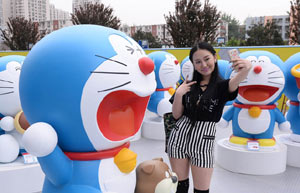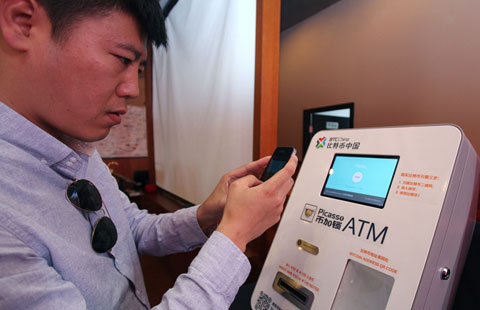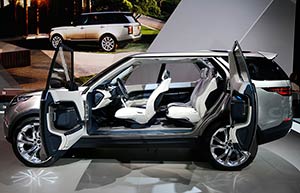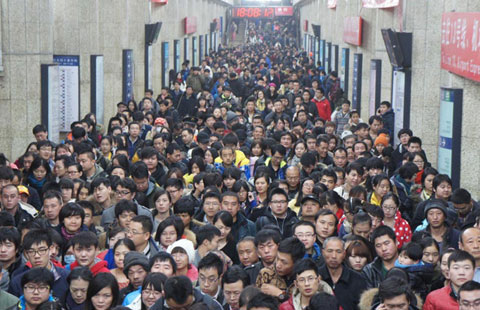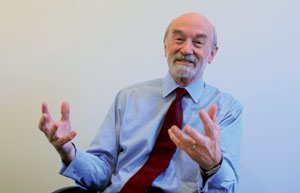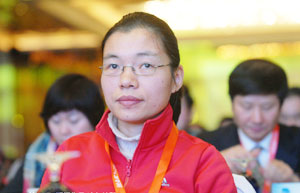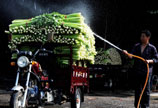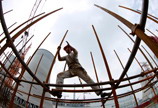Economic growth in Q1 drops to 7.4%
By Zheng Yangpeng in Beijing, Fu Jing in Brussels and Zhang Chunyan in London (China Daily) Updated: 2014-04-17 07:09The 8.8 percent increase in industrial production in March and the 17.6 percent growth for investment in the first quarter trailed estimates. Exports dropped by 3.4 percent from a year earlier.
However, this is evidence that the economy is increasingly moving away from traditional reliance on investment and exports, while it is largely above-expected growth in retail sales of 12 percent year-on-year that has plugged the gap.
According to the statistics bureau, consumption now accounts for 64.9 percent of GDP, 1.1 percentage points higher than a year earlier. Considering that government spending normally accounts for 15 percent of GDP, household consumption takes up nearly half, according to Huo.
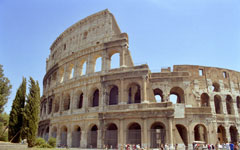 |
|
 |
Dennis Pamlin, founder of 21st Century Frontiers, a consultancy based in Sweden, said, "China is moving from a traditional development pattern, with intensive resource use and old industries, to a 21st century development pattern that focuses on the welfare of people and new industrial development that is sustainable."
But many analysts have said China faces a challenging task in speeding up reform, in combating pollution, managing debts and keeping high growth. Economists fear that any monetary easing could increase the risk posed by shadow banking, the debt buildup and excessive capacity.
A cooling property market is another concern. The value of property sales in the first quarter fell by 5.2 percent from a year earlier, while construction of new property dropped by 25.2 percent.
Property development investment, which comprised a fifth of the nation's investment, rose by 16.8 percent during the period, the weakest for the first quarter since 2009.
Businesses are feeling the effects of weak domestic demand, including Guangdong Jinli Electrical Appliance, which sells lamp switches domestically and to Europe.
"It will be hard to achieve our goal of a 10 percent sales rise this year," said Zhang Yingli, head of its international sales department.
He Wei in Guangzhou contributed to this story.
- 100 Doraemon Secret Gadgets Expo to be held in Beijing
- China's economy will not see hard landing
- Disney-Shanghai partnership portends a creative boost
- Chinese economy resilient enough to refute worries
- China's FDI inflow down 1.47% in March
- Lenovo to build 2,000 smart-TV stores
- Executives hope for progress on mainland, Taiwan FTZ talks
- Private investment up by 13.3% in 2013
